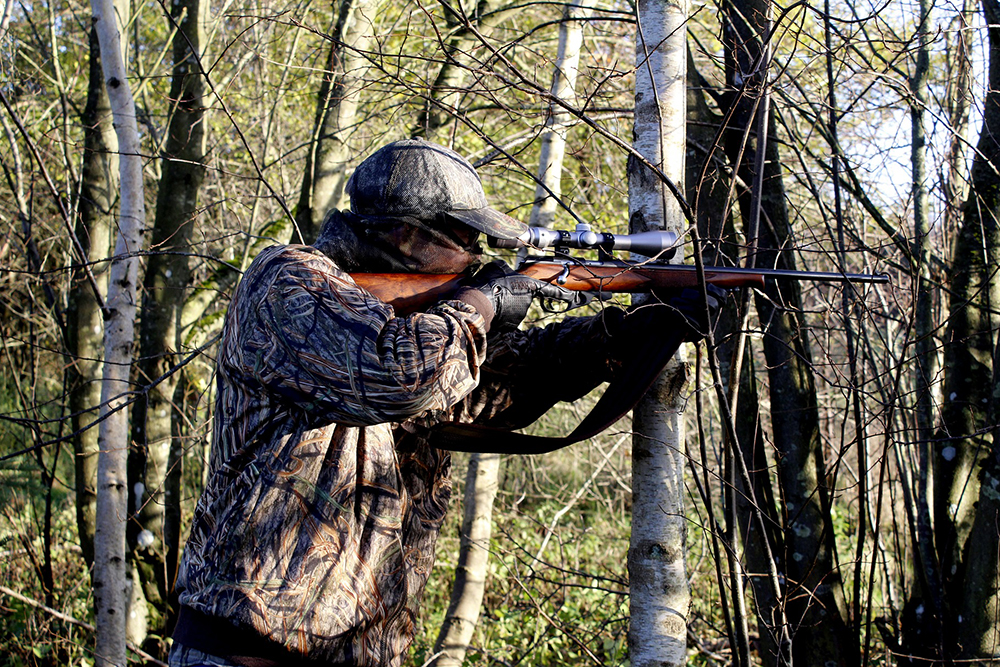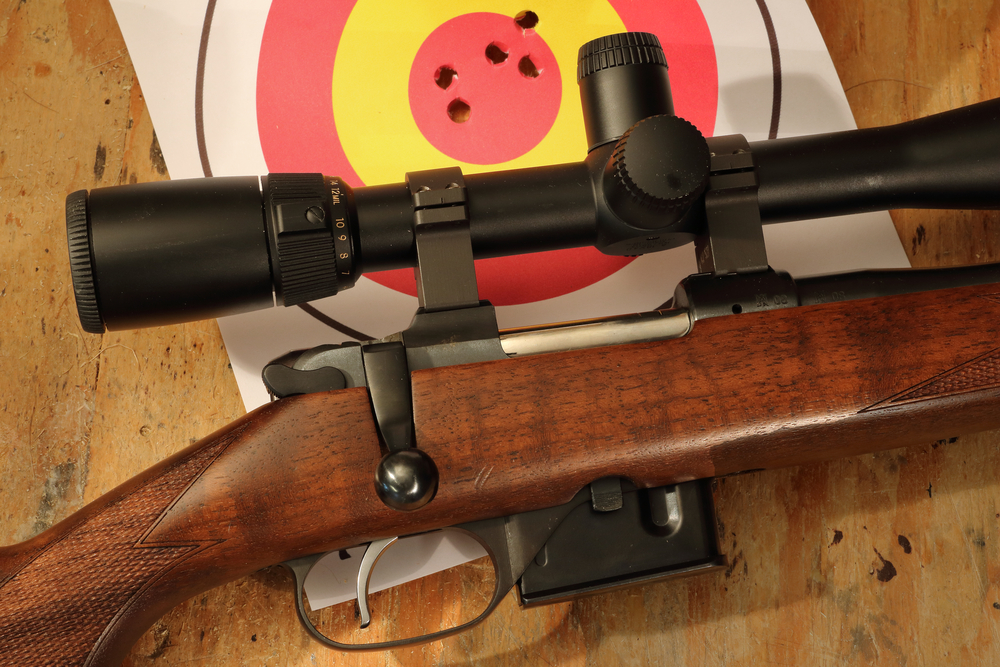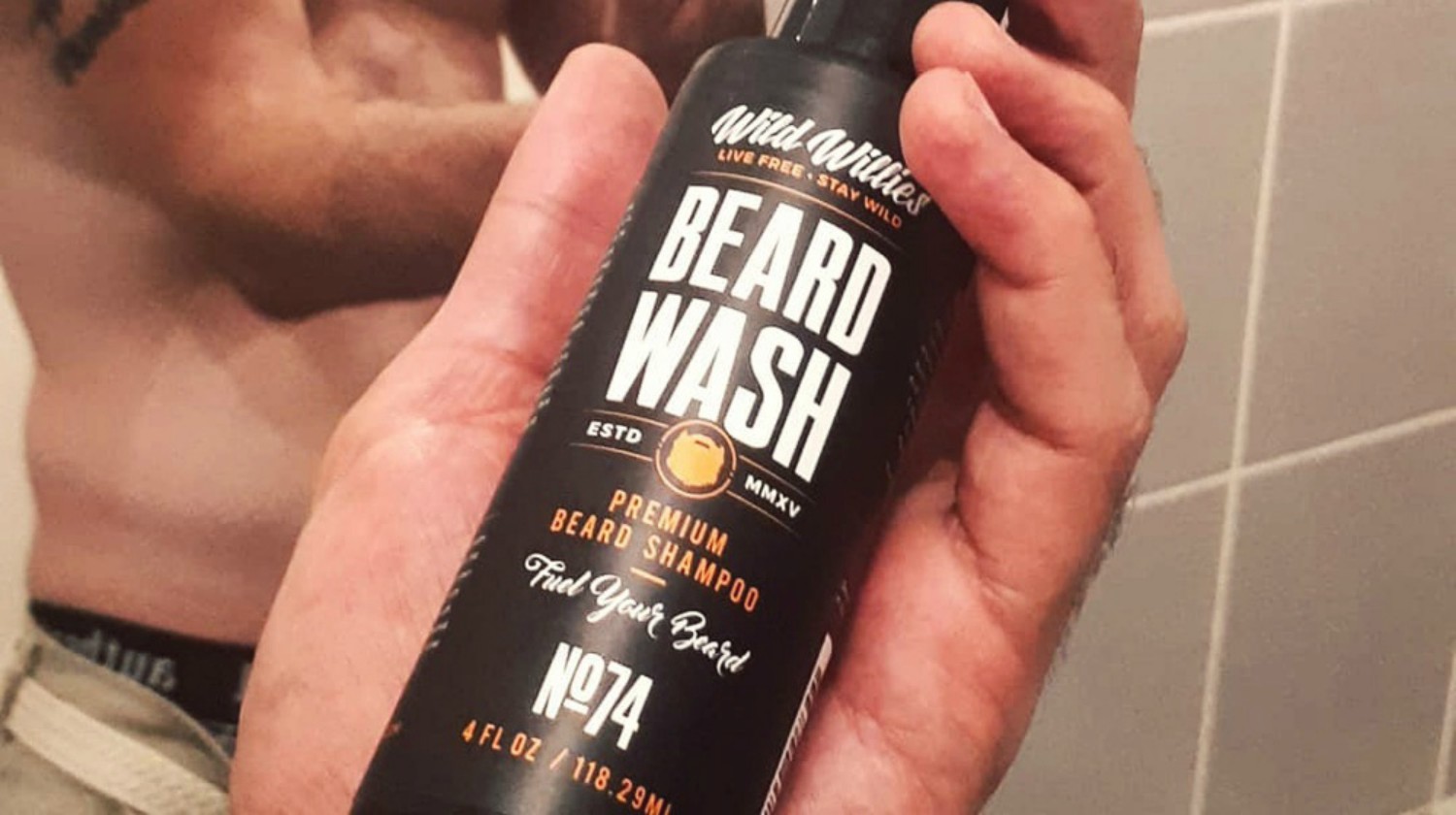Do It Yourself
Sighting In Your Rifle For Hunting

Hunting season is already upon us, and before you head out in search of game, you’ll want to tune-up and sight-in your rifle. Continue reading below for tips on sighting in your rifle.
Sighting in a Rifle for Beginners
Sighting-in your rifle refers to the process of adjusting the sights to hit a target at a specific range. You’ll want to sight-in your rifle before each hunt, to ensure a quick and ethical kill.
It’s easy for your rifle to be knocked out of alignment, which can lead to a disappointing hunting experience.
Rifle bullets travel in an arc, pulled by gravity. The only way to ensure accuracy at the range you need is to sight-in your rifle and practice at the shooting range.
Sighting in is also a time to familiarize yourself with your firearm and gain confidence in your abilities. You can choose to have your scope mounted and sighted-in by a gunsmith, or you can complete the process yourself.
You’ll need a few specific supplies, some patience, and a shooting range.
1. Set Up Your Scope
Mount your scope to your rifle and ensure that it is securely attached with no wiggling. You’ll need to focus the reticle on your scope so that the crosshairs are instantly in focus when you look through the scope.
You can do this by pointing the scope at a solid background. Look away, and let your eyes focus on a distant object. When you look back in the scope and away again, was the reticle in perfect focus?
Making a quick judgment is important here since if you look through the scope for even a few seconds, your eyes will adjust to the reticle.
If the reticle was blurry, you can adjust it by twisting the diopter adjustment on the scope. Adjust until the reticle is in perfect focus.
2. Bore Sighting-In
View this post on Instagram
You can use bore sighting-in for bolt-action rifles, or collimator sighting-in for rifles without bolt-action. We’ll discuss how to bore sight-in.
First, unload the rifle and make sure the barrel is unobstructed. Remove the bolt of the rifle and mount the rifle in a bench rest, with the forestock resting on a sandbag. Point the rifle downrange and look through the bore to center the target in the bore.
Once the target is centered in the bore, adjust the scope to center the reticle on the same target. Be careful not to move the rifle.
The turret on the top of the scope adjusts the reticle up and down, while the turret on the side adjusts left and right.
3. Start Shooting
When you are sighting your rifle, it’s imperative that you use the exact same type of ammunition that you will be using on your hunt. This cannot be stressed enough.
You’ll want to fire 3 shots at a target 25 yards away. Starting at a short range like 25 yards can save you a lot of time, ammunition, and frustration.
Aim for the exact same spot for all three shots; if they form a close group but don’t hit where you were aiming, the sights will need to be adjusted. A zero target with a grid can help you determine your adjustments quickly and easily.
Make sure you’re shooting the rifle with plenty of support for the most accuracy.
Most rifle scopes have 1/4 MOA (minutes of angle) adjustments, which means that 1 click will adjust the scope to move the bullet impact 1/4″ at 100 yards.
However, this means that you need to make 4x the number of clicks (16 clicks=1″) to move the bullet impact the same distance at 25 yards.
Once you’ve made the required adjustments, shoot another group. If the group hits where you’re aiming, you’re ready to move the target out to 100 yards. If not, continue to make adjustments until you’re successful at 25 yards.
Make sure you’re allowing the barrel to cool off between groups.
4. Fine Tuning

Use the same method and techniques to shoot a group at 100 yards. Adjust until you are hitting the bullseye on the target. Shoot a confirmation group to ensure that you’re ready to go.
Always check your zero prior to the hunting season. A high-quality scope will hold a zero for some time unless you drop or damage it, but lower-quality scopes will need to be checked more often.
What are your goals for this hunting season? Share them with us in the comments section!
Up Next:
-

 Do It Yourself7 months ago
Do It Yourself7 months agoParacord Projects | 36 Cool Paracord Ideas For Your Paracord Survival Projects
-

 Do It Yourself9 months ago
Do It Yourself9 months agoHow To Make Paracord Survival Bracelets | DIY Survival Prepping
-

 Do It Yourself9 months ago
Do It Yourself9 months ago21 Home Remedies For Toothache Pain Relief
-

 Do It Yourself10 months ago
Do It Yourself10 months agoSurvival DIY: How To Melt Aluminum Cans For Casting
-

 Exports8 months ago
Exports8 months agoAre Switchblades Legal? Knife Laws By State








Pingback: Deer Hunting For Beginners: How To Get Started – The Self-Sufficient Life
Pingback: Deer Hunting For Beginners: How To Get Started - Cooking in Quarantine
Pingback: Deer Hunting For Beginners: How To Get Started – Sprent Brass
Pingback: Deer Hunting For Beginners: How To Get Started – The Survival Pro
Pingback: Winter Foraging | Guide to Foraging Winter Survival Food – The Self-Sufficient Life
Pingback: Winter Foraging | Guide to Foraging Winter Survival Food - Primal Survival
Pingback: Winter Foraging | Guide to Foraging Winter Survival Food – surviveurself
Pingback: Winter Foraging | Guide to Foraging Winter Survival Food - Cooking in Quarantine
Pingback: Winter Foraging | Guide to Foraging Winter Survival Food – Sprent Brass
Pingback: Winter Foraging | Guide to Foraging Winter Survival Food – Prepper Nut
Pingback: Winter Foraging | Guide to Foraging Winter Survival Food – SurvivalHood